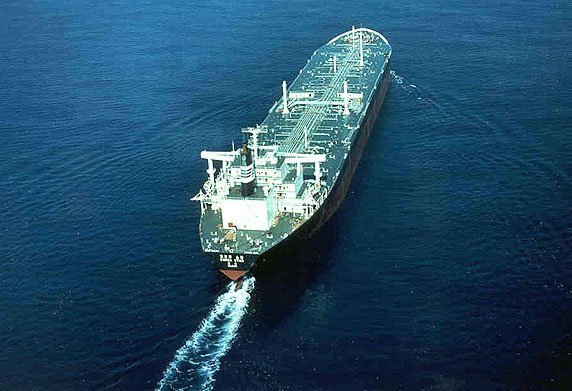Can this still be real or just some crazy dream?

BIMCO’s chief shipping analyst Peter Sand warns there’s plenty more pain to come in the tanker sector.
What a horrible tanker market it is. Freight rates are crawling on the floor, while demand growth can barely walk. Owners and investors are fighting overcapacity – again.
Will ‘OPEC and friends’ save the day as it increases its production? How low will Iranian oil exports go come November 4 when the US sanctions on the nation’s oil and gas sectors go into effect?
The tanker market is constantly changing – but often not as fast as hoped for. While waiting for the market to change, sale and leaseback arrangements are as popular as ever. Executed to raise cash to stem the pressure of constantly negative cashflows from daily operations. This is mostly popular amongst oil product tanker owners, while crude oil tanker owners still eat into the profits made from 2014 to 2016.
As demand has been very poor for tankers this year, and I am not only thinking about the missing winter season – I have decided to focus more on the fleet development this time around.
For sure the multi-year high of crude oil tanker capacity already demolished this year has been in the headlines, but demolition of oil product tankers is up there too, heading for a six- to seven-year high. 29 VLCCs with an average age of 20 years spells out a terrible year in the freight market for crude oil. Oil product tanker demolitions ares set to pass the 2017 level during August.
Inflow of new oil product tanker capacity in 2018 has totalled 2.65m dwt by early August. This is solidly down from a total of 6.5m dwt for the whole of 2017. Nevertheless, with demand growing even slower – the fundamental market balance between supply and demand worsens.
The same can be said about crude oil tankers, and it hurts just as much. Some ask: are there any scrapping candidates left in the market, now that all this demolition has taken place? The reply is quite simple and goes like this: when freight rates continue to tumble – there is still oversupply in the market, which means the fleet is too large.
In the previous issue of this magazine I asked: when will oil become a part of the US trade war with China? Though not the first hostage taken from August 23, 0.5m tonnes and 1.6m tonnes of respectively US and Chinese oil product imports face 25% tariffs. At the last minute crude oil was removed from the Chinese tariff list, meaning that 10.5m tonnes of Chinese crude oil imports remain out of the trade war, at least for now.
OECD crude throughput is expected to drop from 39.9m barrels per day (bpd) in August to 38.2m bpd in October as the normal maintenance season in September/October takes its toll.
But the direction of the overall tanker market remains a matter of growth only for crude throughput east of Suez, whereas crude throughput in the Atlantic basin is volatile and fell in both Q1 and Q2 of 2018.
Will we notice that OPEC and its non-OPEC oil producing friends in June decided to produce a bit more oil? I don’t think so. The world hasn’t really been missing it, as other producers have stepped up production. And the Arabian Gulf is no longer a ‘long-haul no-brainer’ as it may have been earlier, as much of the growth is in the east nowadays.
For that reason, China remains highly relevant for the crude oil tanker market. Growing its imports (including land borne) by 5.8% (+12m tonnes) during the first half of 2018 over the same period last year. Pay only little attention to the negative stories about China’s June crude oil imports being at a six-month low. I say it is mostly local seasonality related to maintenance, served with a twist of politics relating to state-owned entities and the private refineries, nicknamed teapots.
This article first appeared in Maritime CEO magazine, published this week to coincide with SMM in Hamburg. Splash readers can access the full magazine for free by clicking here.
